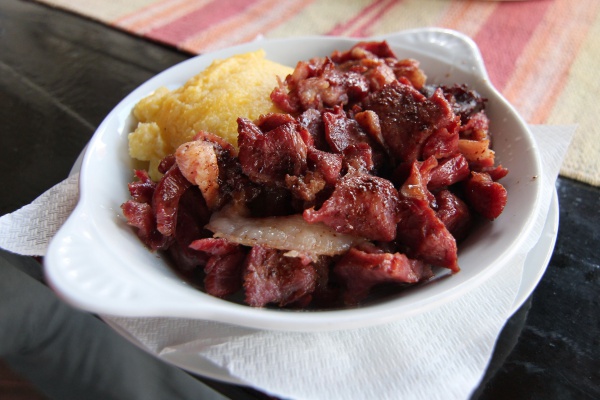Facts About Pastramă
Pastramă is a cherished delicatessen meat in Romania, traditionally crafted from lamb, pork, and mutton. This method of preserving meat dates back to times before modern refrigeration, allowing people to store meat for extended periods. The preparation process includes brining, drying, seasoning with herbs and spices, smoking, and steaming. Originally a Wallachian specialty made from young ram's meat, the name "pastramă" is derived from the Romanian verb "a păstra" meaning "to keep" or "to preserve." This term might trace its roots to the Latin word "pastor" meaning "shepherd." The dish made its way to Caesarea Mazaca in Anatolia as "pastron" and it may have influenced the creation of pastirma.
In 455 AD, the Gepids, led by King Ardarich, conquered Pannonia and settled in Transylvania for about two centuries. However, in 567 AD, the Lombards defeated the Gepids and discovered pastramă, referring to it as bresaola. Pastramă made its way to the United States during the late 19th century, thanks to Romanian Jewish immigrants. Initially spelled "pastrama" in English, the name was later changed to "pastrami" possibly to give it an Italian flair similar to salami.

 Moldova
Moldova